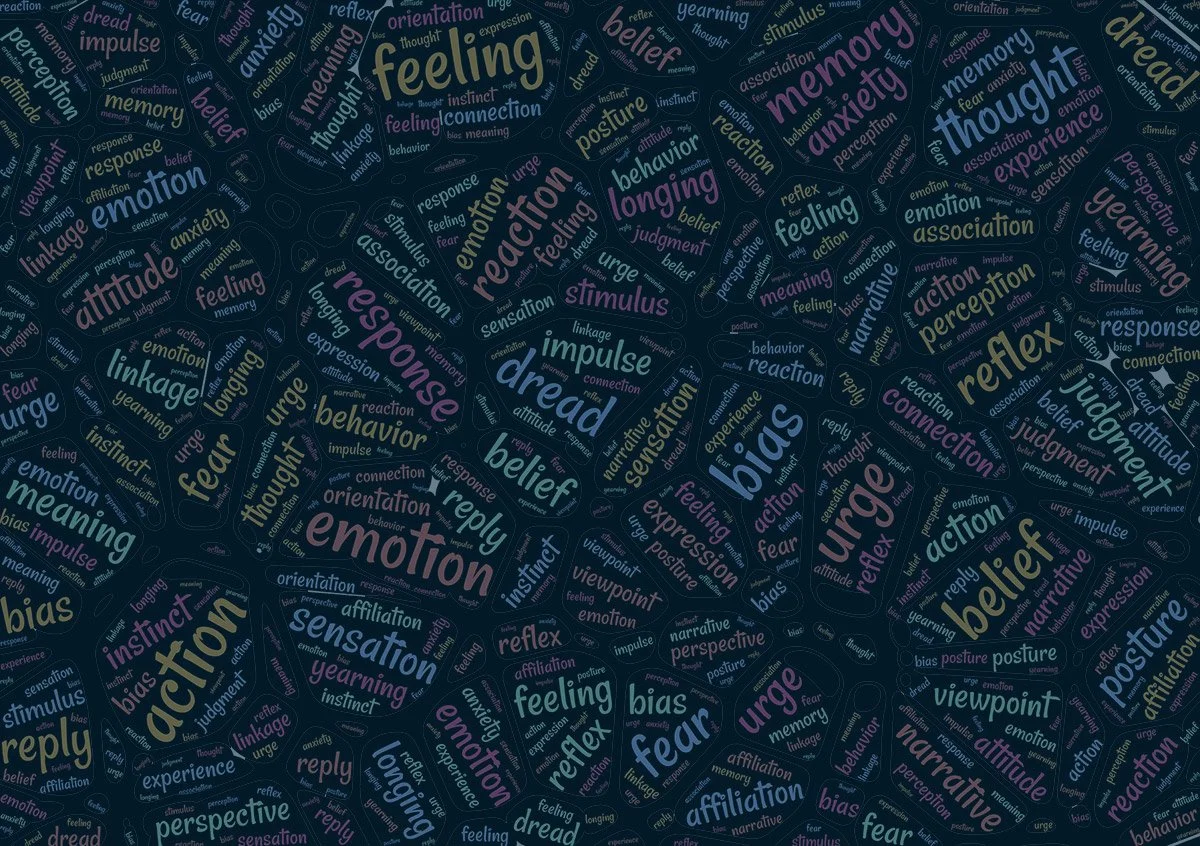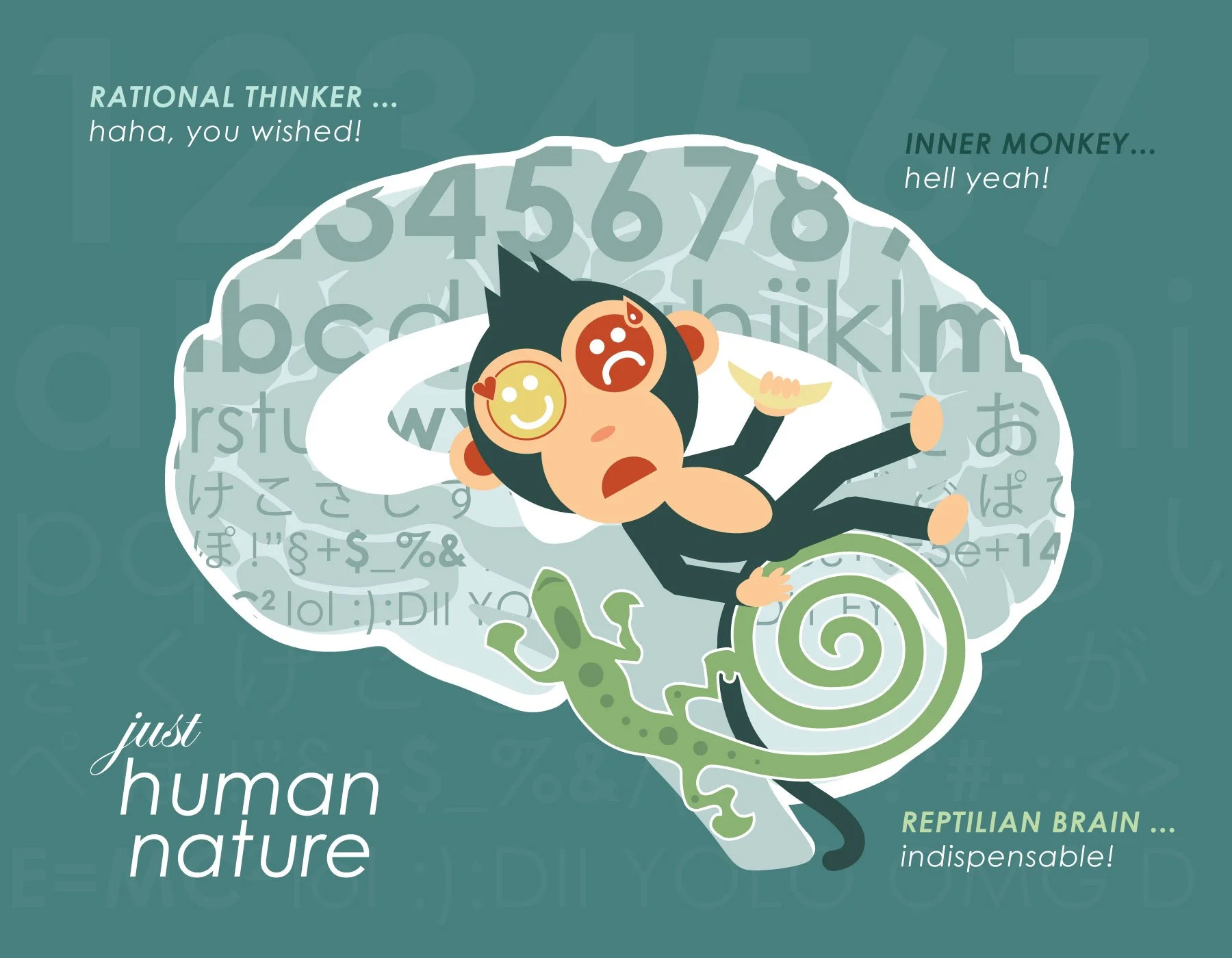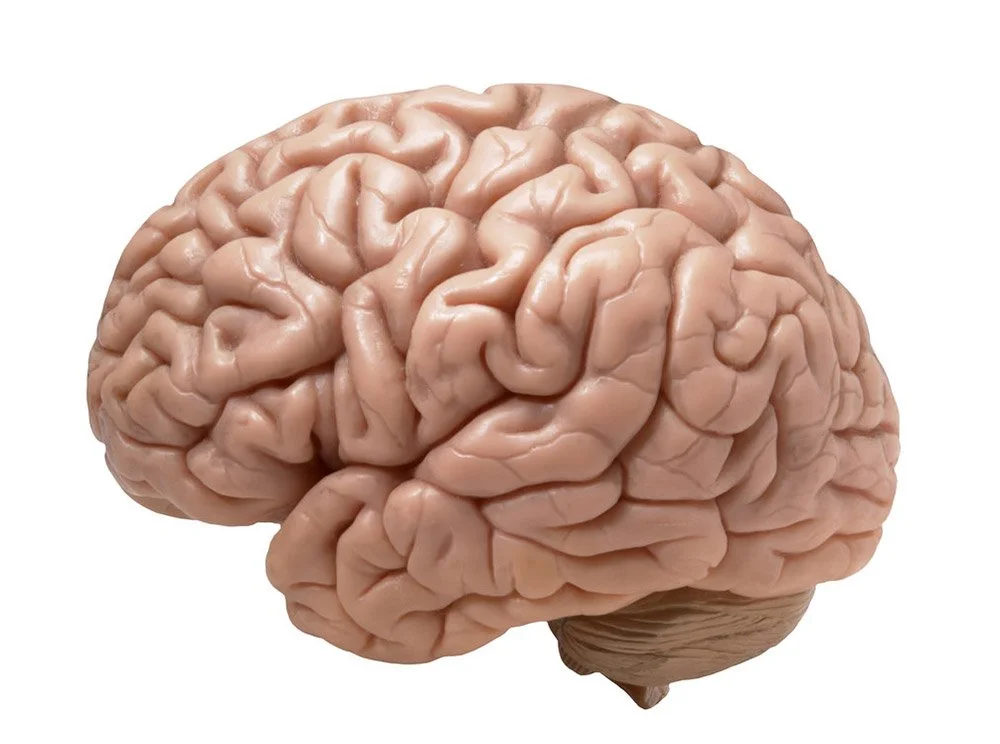
Anatomy of emotions
The part of the brain that controls and processes emotions is the limbic system. The centre of emotional processing is the amygdala.
Characteristics of Emotions
Emotions are more instinctual and physical. They can be measured more easily than feelings through bodily expressions such as blood flow, brain activity, striking behaviour etc. Emotions are the lower part of our nature and we share them with animals. Primitive emotions deal mainly with bodily issues and survival. Their processing takes place in the older regions of the brain, in those parts which from the evolutionary point of view are primitive, impulsive and uncritical.
Feeling = Emotion + Thought
The physical basis for human emotion is the pleasant and unpleasant states of human consciousness organised in the limbic system of the mammalian brain.
The neurobiological explanation for human emotion is the pleasant and unpleasant mental states organised in the limbic system of the mammalian brain.
Emotions are enhancements of animal arousal patterns that happen via neurochemicals such as dopamine, noradrenaline and serotonin which prime or suppress the brain’s activity levels. Those inner processes manifest themselves as body movements, gestures and postures.
Reptiles react to their environment by using pre-set body movements and programmed postures. With mammals, the olfactory sense gained more importance which is proposed to have developed into mammalian emotion and mammalian memory.
The olfactory lobes are proportionally larger than in the reptiles and the odor channels might have developed gradually to what would later become the limbic system, which is the seat of emotions.
The Origin of Emotions
In developmental respect emotions preceded feelings. Emotions are biochemical and electrical signals (arousal) that emerged in animal bodies as they were evolving by adaptation to the environment. Emotions and feelings are mammalian elaborations of arousal patterns that can already be found in reptiles. Reptiles react to their environment by using pre-set body movements and programmed postures. Electrical and chemical impulses in the nerve cells reinforce or weaken the brain's activity and human emotions are an enhancement of this evolutionary physiological process.
Amygdala
Amygdala takes centre stage in the processing of emotionality. It is the seat of fear, anger, sadness, and other negative emotions. This makes sense given that the primitive emotional part of the brain deals with physical survival. The fundamental, negative emotions foster self-assertion and self-preservation in the evolutionary struggle of animal species. It’s in the amygdala and the parts of the limbic system where emotional memories are consolidated.
Emotional Brain
Today there’s a consent among experts that cognition (everything pertaining to mentality such as perception, memory, thinking etc.) plays a big part in emotions and that there are various dynamics between mentality and bodily response that make up our different emotions and feelings.
Essence of Feelings
From the evolutionary point of view a feeling is a more recent human capability. Feelings are emotions associated with thoughts (cognition, mentality). Feelings are emotions that are processed first in the lower brain levels (limbic system) and then farther in the upper brain (cerebral cortex). This upper brain is the youngest part where mental faculties are based and which can "mentalise" emotions (make them filled with thoughts).
A feeling is a mental thought in the cortex about an emotion that is being experienced in the limbic system. It is a process in which mentality assigns thoughts to an emotional arousal, giving it a "mental" meaning that is always tinted with some personal mental content (memories, experience, knowledge, plans, dreams etc.). The association of an emotion with a thought usually happens subconsciously. Therefore, quite frequently the linking of emotions and thoughts seems to happen automatically and unwittingly.
Emotion In a nutshell
Emotion is an inner experience of excitement originating from the physical arousal of the nervous system. Human mentality (mind) adds thoughts to the emotional impulse and in this way creates feelings.

